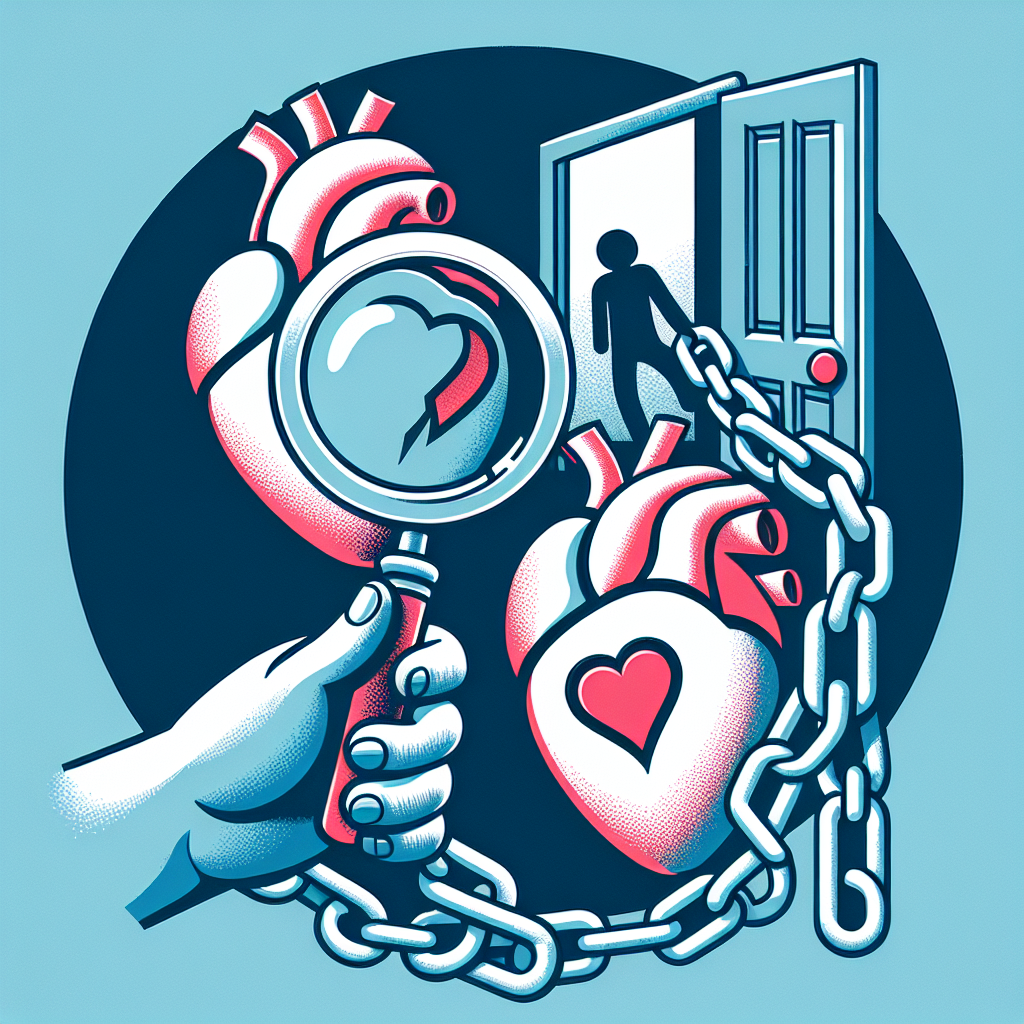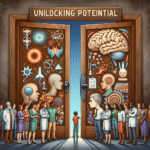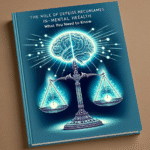
Introduction
Imagine waking up every day feeling an overwhelming need for validation and support from those around you. This is the reality for many individuals grappling with emotional dependency, a silent yet profound issue that can consume lives behind closed doors. In a world that often glorifies independence, the hidden struggles of emotional dependency can feel isolating and stigmatizing. Understanding these struggles, recognizing their signs, and seeking help can pave the way toward a healthier, more balanced emotional landscape. This article aims to shed light on "The Hidden Struggles of Emotional Dependency: Recognizing Signs and Seeking Help," offering insights into the nuances of this often-misunderstood condition.
Understanding Emotional Dependency
Emotional dependency is defined as an excessive reliance on others for emotional support, approval, or affirmation. This dependency can manifest in various ways, leading to unhealthy relationships and compromised well-being.
Signs of Emotional Dependency
- Constant Need for Validation: Individuals may frequently seek reassurance from friends, family, or partners.
- Fear of Abandonment: An intense fear of rejection can lead to people-pleasing behaviors and compromising personal needs.
- Lack of Self-Identity: Emotional dependents often struggle to define who they are outside of their relationships.
- Difficulty Making Decisions: A tendency to rely on others for guidance, even in minor decisions.
Case Study: Sarah’s Journey
Sarah, a 30-year-old graphic designer, found herself constantly seeking approval from her friends. Instead of pursuing her artistic passion, she spent hours discussing her work, seeking affirmation, and second-guessing her abilities. This dependency inhibited her growth and led her down a path of chronic anxiety.
Relevant Data Table
| Signs of Emotional Dependency | Frequency of Occurrence | Impact on Daily Life |
|---|---|---|
| Constant Need for Validation | High | Anxiety, Low Self-Esteem |
| Fear of Abandonment | Moderate | Stress, Relationship Issues |
| Lack of Self-Identity | High | Identity Crisis |
| Difficulty Making Decisions | Moderate | Indecisiveness |
The Root Causes of Emotional Dependency
Understanding the origins of emotional dependency is crucial in recognizing its signs. Often, these roots lie in childhood experiences, attachment styles, and trauma.
Childhood Experiences
Emotional dependency often originates from early attachments. Children who do not receive consistent emotional support may grow up seeking that validation through adult relationships.
Attachment Styles
According to attachment theory, individuals with an insecure attachment style—often rooted in inconsistent caregiving—are more likely to develop emotional dependency. This leads to difficulties in trusting others and maintaining healthy boundaries.
Case Study: Mark’s Background
Mark’s experience exemplifies how childhood factors influence adult behavior. Growing up with a single mother who worked multiple jobs, he often felt neglected. As an adult, Mark finds himself excessively reliant on romantic partners for emotional fulfillment.
Breaking the Cycle: How to Recognize and Address Emotional Dependency
Recognizing emotional dependency is the first step toward healing. Here are actionable insights to help identify and address it.
Self-Reflection and Awareness
- Journaling: Keeping a daily journal can help people objectively evaluate their thoughts and feelings.
- Identifying Patterns: Look for recurring themes in your relationships that indicate emotional dependency.
Seeking Professional Help
Therapy can provide guidance in navigating emotional dependency. Cognitive-behavioral therapy (CBT) is particularly effective in addressing negative thinking patterns and reinforcing self-confidence.
Building Healthy Relationships
- Establish Boundaries: Clearly communicate your needs and limits in relationships.
- Practice Assertiveness: Learn to express your feelings and needs without relying on others for validation.
Case Study: Julie’s Transformation
After recognizing her emotional dependency through therapy, Julie took proactive steps to establish boundaries with friends, leading to healthier interactions and improved self-esteem.
Tools and Strategies for Healing
Mindfulness and Emotional Regulation
Practicing mindfulness can help individuals become more aware of their emotions without becoming overwhelmed by them. Techniques such as meditation and focused breathing can foster emotional resilience.
Table of Mindfulness Techniques
| Technique | Description | Benefits |
|---|---|---|
| Deep Breathing | Focuses on inhaling and exhaling slowly | Reduces anxiety |
| Guided Imagery | Visualizing calming scenarios | Enhances relaxation |
| Journaling | Writing down thoughts and feelings | Promotes self-reflection |
Conclusion
Acknowledging "The Hidden Struggles of Emotional Dependency: Recognizing Signs and Seeking Help" is vital for anyone who has ever felt stuck in a cycle of reliance on others. By recognizing the signs, identifying the root causes, and taking proactive steps to heal, anyone can reclaim their emotional independence. Remember that seeking help isn’t a sign of weakness, but an empowered step toward personal growth. The journey to emotional resilience is never easy, but with courage and support, it can lead to a more fulfilled life.
FAQs
1. What is the difference between emotional dependency and healthy attachment?
Emotional dependency involves excessive reliance on others for validation and emotional support, while healthy attachment allows for interdependence—supportive relationships without losing self-identity.
2. How can I start building emotional independence?
Begin by reflecting on your relationships, setting personal goals, and seeking therapy to understand underlying patterns and behaviors.
3. Can emotional dependency lead to toxic relationships?
Yes, emotional dependency can foster codependency or toxic dynamics where one partner’s needs overshadow the other’s, leading to unhealthy interactions.
4. Are there specific therapies that help with emotional dependency?
Cognitive-behavioral therapy (CBT), dialectical behavior therapy (DBT), and attachment-based therapies can effectively address patterns of emotional dependency.
5. How can I help a friend who exhibits signs of emotional dependency?
Encourage open communication and suggest professional help. Offer support while also promoting healthy boundaries to avoid enabling their dependency.
As we delve deeper into "The Hidden Struggles of Emotional Dependency: Recognizing Signs and Seeking Help," we uncover not just the challenges but also the paths toward healing and empowerment. By fostering self-awareness and resilience, we can help ourselves and others find a more balanced emotional existence.

















